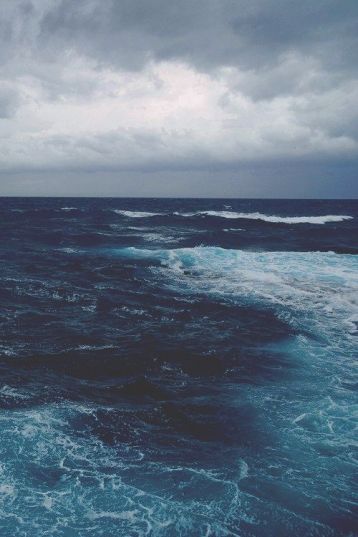
“Blue, darkly, deeply, beautifully blue.” – Robert Southey
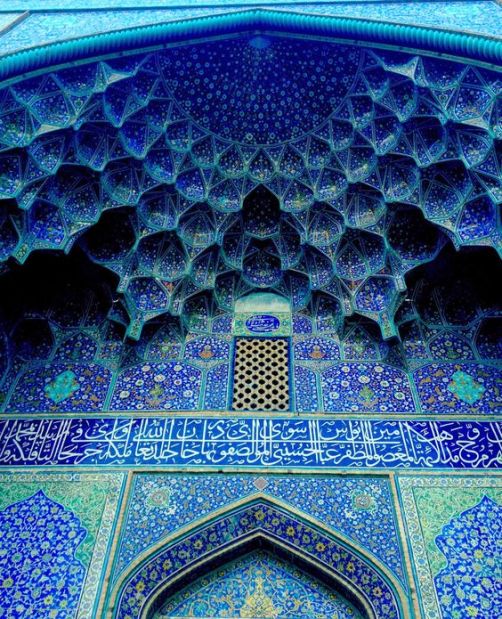
“Blue color is everlastingly appointed by the deity to be a source of delight.” – John Ruskin

“A certain blue enters your soul.” – Henri Matisse
Ultramarine – “The most perfect of all colors,” Cennino Cennini
“Sometimes called ‘true blue,’ ultramarine is made from the semiprecious gemstone lapis lazuli, which for centuries could only be found in a single mountain range in Afghanistan.
Lapis first appeared as a pigment in the 6th century. Around 700 years later, the pigment traveled to Venice and soon became the most sought-after color in medieval Europe. For centuries, the cost of lapis rivaled the price of gold.
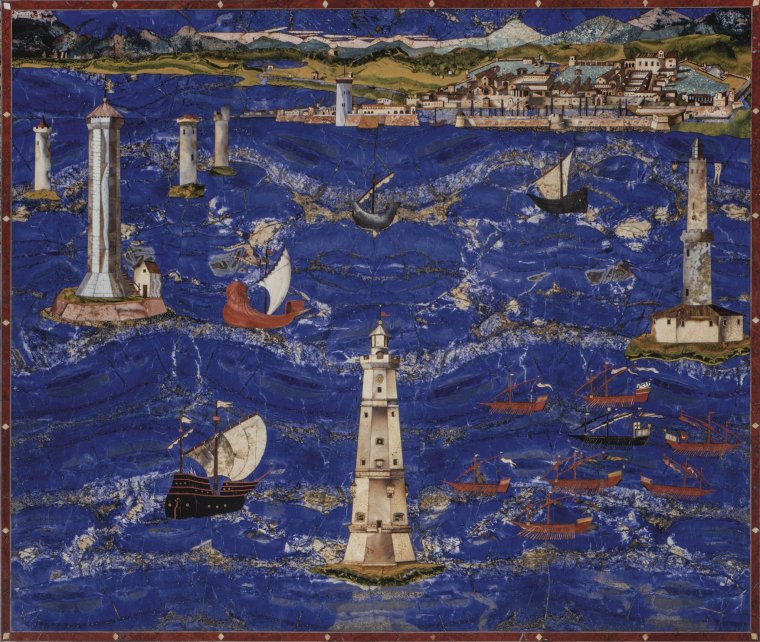
Legend has it that Michelangelo left his painting The Entombment (1500–01) unfinished because he could not generate the funds to buy ultramarine blue. Raphael used the pigment scarcely, applying it above base layers of azurite when depicting the Virgin Mary’s blue robe. The Baroque master Vermeer, on the other hand, bought the color in spades, so much so that his indulgence pushed his family into debt.” http://www.artsy.net
“Indigo is a natural dye rather than a pigment for painting. It was used to color fabrics, clothing, yarns, and luxurious tapestries. Unlike lapis lazuli, whose rarity drove its high prices, the indigo crop could be grown in excess and produced across the world, from India to South Carolina.
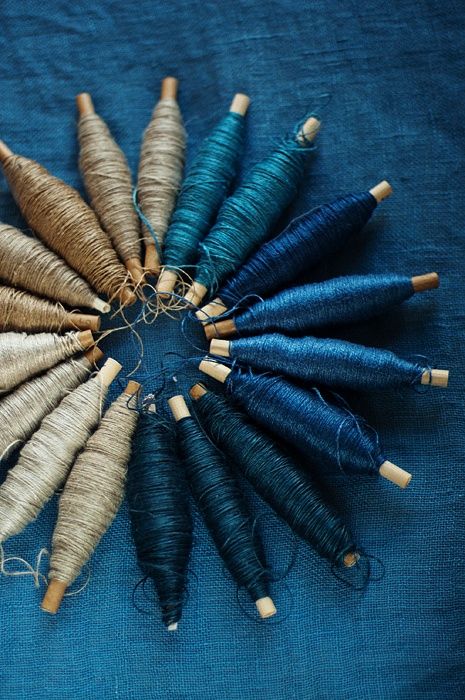
Commonly considered a shade of blue, indigo is not a separate color in its own right, so why does it get its own band in the rainbow?
Indigo dyeing was especially popular in England, home to physicist Sir Isaac Newton. Newton believed that the rainbow should consist of seven distinct colors to match the seven days of the week, the seven notes in the musical scale, and the seven known planets. Confronting the fact that the rainbow only displayed five unique colors, Newton pushed indigo, along with orange, much to the dismay of some contemporary scientists.” www.artsy.net
“Jean fabric was first produced in Genoa, Italy, in the 17th century; the French city of Nimes copied the technique shortly after (“de Nimes” aka “denim”). The cotton twill fabric, dyed with indigo, was sturdy and washable, making it perfect for workers.” www.artsandculture.google.com
“Blue has more complex and contradictory meanings than any other color.
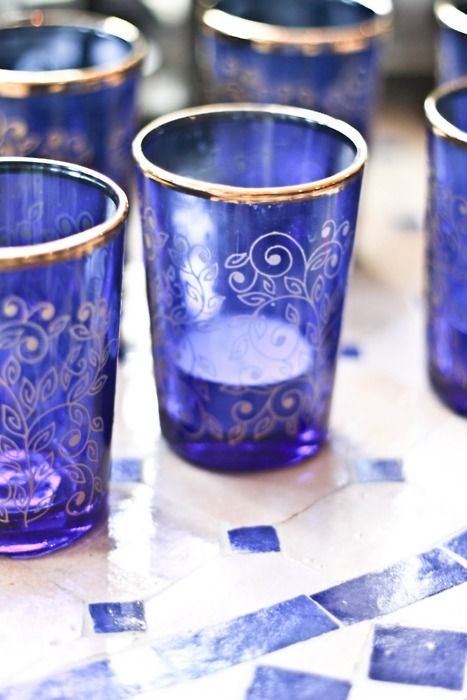
Dark blue: trust, dignity, intelligence, authority
Bright blue: cleanliness, strength, dependability, coolness
(The origin of these meanings arise from the qualities of the ocean and inland waters, most of which are more tangible.)
Light (sky) blue: peace, serenity, ethereal, spiritual, infinity
(The origin of these meanings is the intangible aspects of the sky.)
Most blues convey a sense of trust, loyalty, cleanliness, and understanding. On the other hand, blue evolved as symbol of depression in American culture. “Singing the blues” and feeling blue” are good examples of the complexity of color symbolism and how it has been evolved in different cultures.” http://www.colormatters.com
“Pink for girls and blue for boys is a surprisingly recent tendency. Even as late as 1927 some fashion stores recommended pink for boys.” http://www.express.co.uk
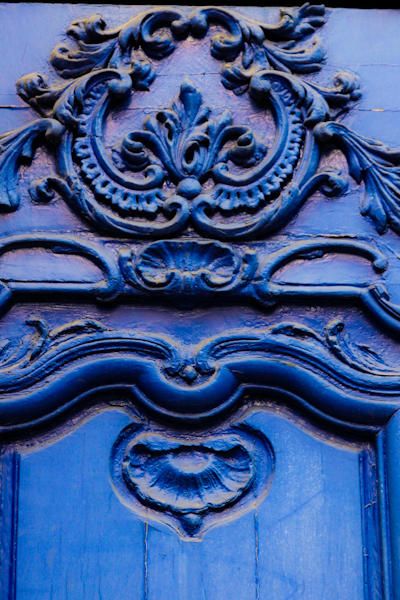
For a fascinating book on color, read Victoria Finlay’s books.
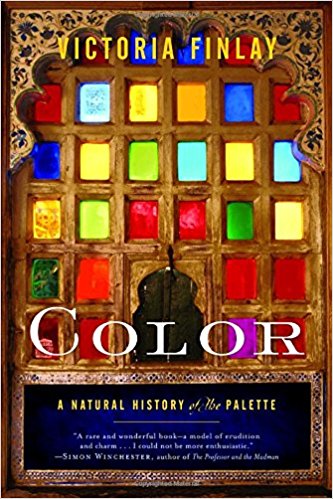
Images from my Pinterest board on color





















Linda I just love your pictures. Blue is one of my favorite colors. Thank you for sharing.
LikeLike
Thank you, Karina!
LikeLike
I am under the weather today and your Blue Blog is so relaxing, calming and easy on the eyes. I especially love the blue pysanky eggs, Vermeer’s portraits…(The Girl With the Pearl Earring has always been one of my favorites), and the rolls of fabric in all shades of blue. I collect fabric and have it all organized according to theme, but now I might have to change everything and organize according to color. I am addicted to pretty fabric and pretty dishes. Thank you for another wonderful blog!! I am anxiously waiting for Christmastime1939 and Christmastime1945!! When 1939 is available I will read it and then the whole series again, ( with the hope that when I finish reading through 1944, Christmastime1945 will be available! Your books and Susan Branch’s books are treasures that I will read again and again!! Happy Almost Summer Linda!! Oh!….one more thing….One of your Christmastime books that I have Lists Agnes ——something—can’t remember….as the author. I figured out that it was you, but am curious as to why you changed your name on that book…..and who is Agnes? ( none of my business…I just wondered )
LikeLike
Hi Kathie – so glad you enjoyed the blog post. I’d love to know more about your collections of fabric and dishes. I’m still working on 1939 but it’s getting very close to being finished (then it has to be edited, and interior formatted, etc.). 1945 is in rough draft form – I really hope to finish it in time for Christmas.
Agnes Irene was my pen name when I first started writing – but with everything so interconnected these days, I decided to write under my real name (Agnes and Irene were the names of my mother and my maternal grandmother, both writers of sorts.)
That you, as always, for your wonderful feedback!
LikeLike
Beautiful colors of blue. I love the blue door nob and I want one!
LikeLike
I still love the blue doorknob:)
LikeLike
I love it too – maybe we can find one for you when you’re out here.
LikeLiked by 1 person
I have always loved all shades of blue. Your pictures are so beautiful!
LikeLiked by 1 person
Thank you!
LikeLike
This blog is certainly one of my very favorite, I am so attracted to colbalt blue, I love all blues and always have. Thank you for so much information on this magical color🤗🤗🤗🤗. I adore your books😊
LikeLike
Hi Diana – So glad you enjoyed this blog post on blue. Thank you so much for your comments! (I’m almost finished with Christmastime 1939: a prequel to the Christmastime series. I’m aiming for July/August.)
Linda
LikeLike